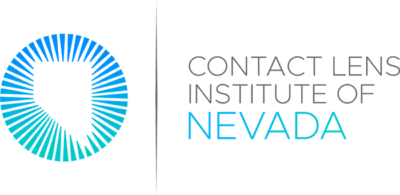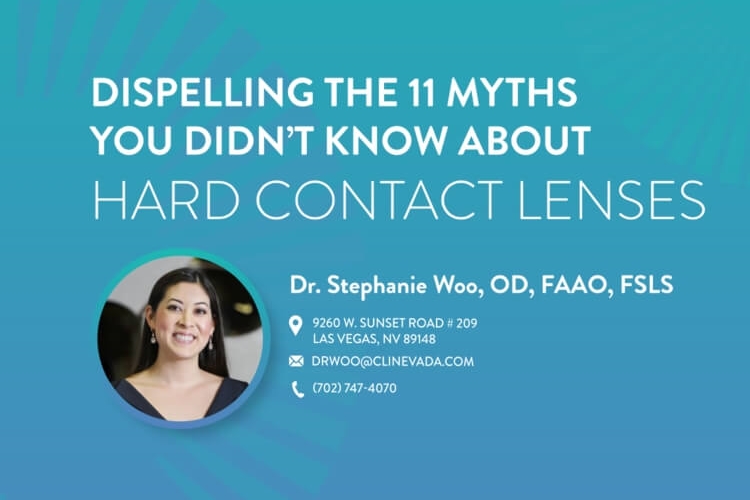Corneal Topography Myth
Myth: The red area is small so the eye is not that irregular.
Fact: The size of the spot is not always reflective of the severity of the disease. On the left hand side you will see a scale. That color scale corresponds to the different shapes on the patient’s eye.
When you visit your eye doctor for a specialty contact lens, they will take a topography image of your eye. This instrument is able to capture the precise curvature of the entire cornea. Knowing the exact curvature of your eye and the curvature locations can help diagnose eye diseases, monitor eye diseases, and much more. Topography can also be used to help doctors select a contact lens for your eye condition. For instance, someone with a very elevated area at the bottom of their cornea may not be the best candidate for a corneal gas permeable lens because the edge of the lens may constantly lift up and the lens might dislodge.
Topography is an excellent tool that eye doctors can use to help identify eye diseases and manage them appropriately.
The highest number on the scale (also known as K max) tells the doctor what the steepest point on the entire eye is.
In this Keratoconus patient’s case, his K max is above 70 which is very abnormal. He classifies as a severe Keratoconus patient. You can see the color scale on the left hand side. The hugest number on the scale represents the K max, or the steepest part of their eye.
If you just saw the color photo overlaying the eye, you might be tricked into thinking the eye is not that irregular. Then, when you look at the scale, it becomes a lot more clear that the numbers matter.
This patient sees 20/200 with glasses. With a diagnostic scleral lens and an over-refraction, he achieved 20/25 vision.
Due to come of prior experiences with corneal GP lenses and hybrid contact lenses, we decided to fit him into a much more custom scleral lens, called the EyePrint Prosthetic. The EyePrint lens is created by first taking an impression of the eye. The impression material is gooey and reminiscent of a dental mold. Have you ever been to the dentist and needing a dental impression? They fill up a tray with some putty type material and then put it in your mouth and let it set for a minute. Then, they remove the tray and now have a custom mold of your teeth. The process is very similar for taking an impression of the eye.
First, the impression material is mixed together. This starts the activation process. Then the material sets up for about 40 seconds. Next, the impression is placed onto the eye and allowed to set for about a minute and a half. Then, the impression is removed.
Now the impressions are sent to the laboratory in Colorado. The EyePrint team scans the impression with a 3D scanner and then fabricates a custom device that is perfect for the patient.
The EyePrint lab then send the lens back to our office and we see the patient for a dispense appointment.
We send out the impressions today and we are excited to get the EyePrint Prosthetic lenses back very soon!
We are so grateful to help this patient see again 👏🏻




